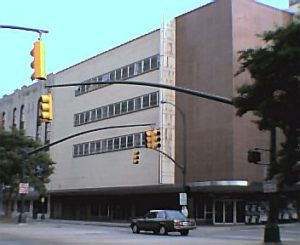
The closure of many Kmart stores, and the potential for the shutting down of the entire chain, reminded me of F. W. Woolworth, better known as Woolworth’s.
At the time of their closure in 1997, they had many long-term leases and at well below market rates. For thus reason alone, they had an incredible value. It still amazes me that no corporate raider types stepped forward to scoop up such an monumental deal. But that is part of business thinking in recent decades. The bean counters require a new way of thinking beyond black & white, to consider all the shades of gray resulting in the total real world costs of their decisions. Most American businesses are too fixated on quarterly bonuses instead of the long view.
Woolworth’s is still a marketable brand, and humbly suggest a format in which they wrap themselves in the flag. The highlights would be somewhat nostalgic of simpler times when people were proud of our country and not ashamed to show it. Cracker Barrel serves nostalgia, wrapped in a practical thing, namely a useful restaurant. Woolworth’s could serve a slightly different and more practical market.
Woolworth still exists in some places around the world, though it went bankrupt in Germany (the company restructured) and the chain closed in the U.K. A spinoff Woolworth, with red W, is still open in Barbados. The sister Woolco, the suburban discount Woolworth in the U.S., did not survive, either.
This would be based on the following elements:
- Resemblance to the Original: The physical plant should resemble the original in a warm ‘n fuzzy way; what that is can be different things as the store looked different in each generation.
- Food Is Key: At the very least, and at the center of the operation, the lunch counter should be included, along with the sweet smell of their coffee shop drifting through the store.
- Many American Products: Offer, or at least feature, as many American made (not just assembled) products as possible. The trend to the return of U.S. manufacturing has already begun, and barring some catastrophic event will gain the momentum of a cartoon snowball rolling downhill. This will be further bolstered should Trump get elected (an observation, not an endorsement).
- Motivated Employees: Using the Costco model, employees should be paid an above average rate. This instills the old time work ethic and saves a fortune in reduced losses (damaged goods, theft etc) and increased productivity (including reduced turnover) It has the added benefit of not only avoiding Walmart’s Scrooge persona, but can be exploited for marketing and head hunting.
- Employee Owners: An alternative to this would be to have the company employee owned in the manner of Harley-Davidson or WinCo Foods (the latter has Walmart running scared)
- Charity Connections: Taking a page from another competitor, emulate Target by donating to charities, especially local ones of interest to the community. Not only is this a good and a right thing to do, but it should lead to increased sales.

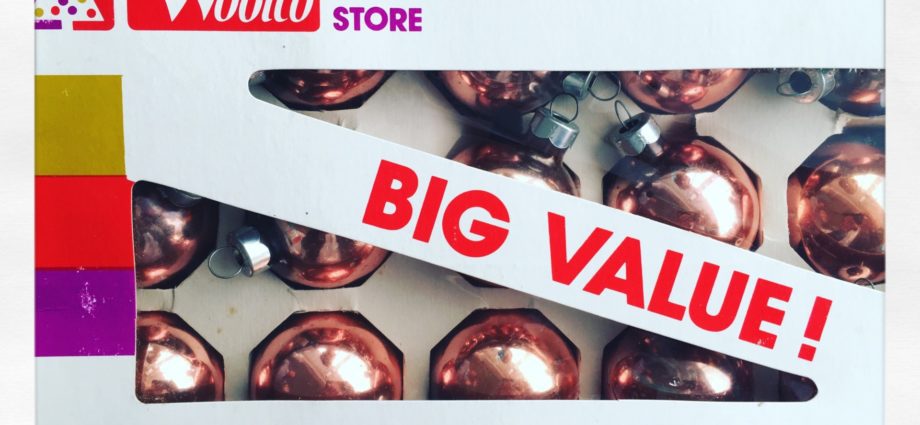

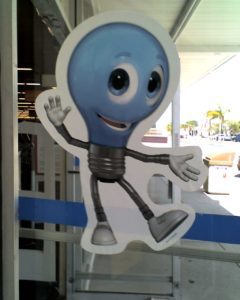
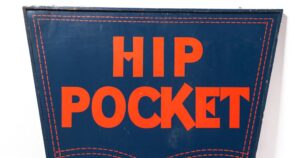
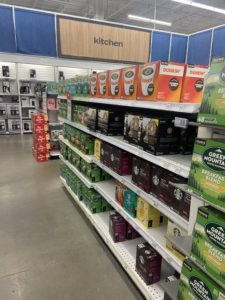

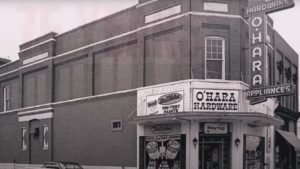
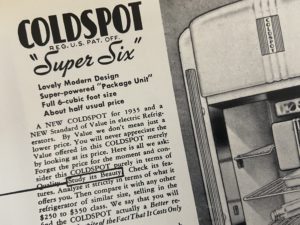
A new company has registered the Woolworths and Woolworths express names in the USPTO. And another has registered FW Woolworth
However, Footlocker, a former WoolCo Company stills owns a trademark for clothing.
A new company has registered the Woolworths and Woolworths express names in the USPTO.
However, Footlocker, a former WoolCo Company stills owns a trademark for clothing.
Had a sweet smell when you came in the door………
It would work with attention to detail (I love those retailers that share the city that they source products from) and if they don’t try to be everything to everyone in the midst of dozens of other shops that sell the same things. Locally it appears the new business model is designation; large retailers (sporting goods, farm suppliers, etc) are buying tracts that have to be rezoned retail (no shopping malls nearby) then build there. Even the aforementioned K-Mart is finding here locally that the successful ones do not have competition near-by (Similar to Walmart’s locations on the outskirts of a town.)